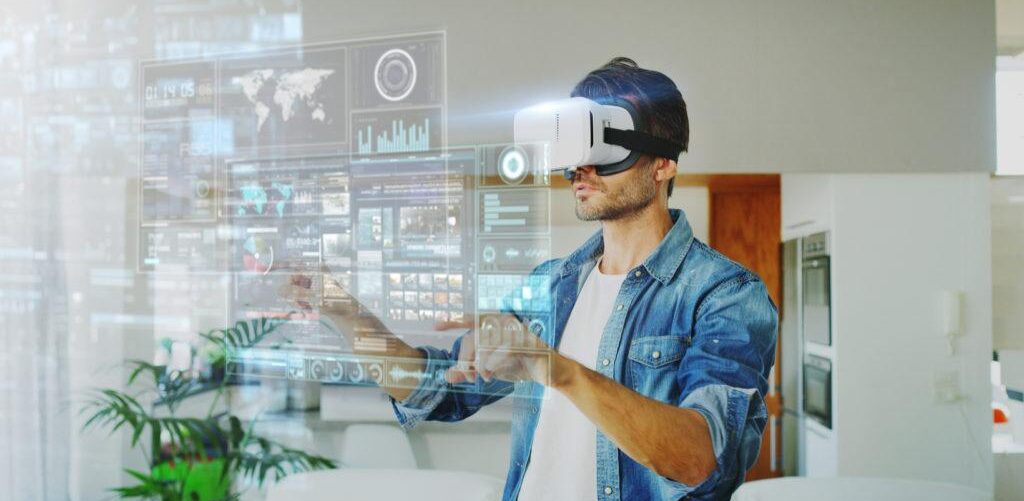Although virtual reality and augmented reality are two separate technologies, they collaborate to enhance learning. Virtual reality (VR) and augmented reality (AR) are renowned for their enhanced experiences that combine a virtual and physical environment with improved, three-dimensional images. It includes gaming, marketing, e-commerce, education, and many more industries. The main goals of AR and VR in higher education are to increase student engagement and foster improved comprehension
Here are some examples of how VR and AR are useful in the field of education.
1. Google expeditions
With the use of VR technology, students can visit far-off places, important landmarks, or inhospitable situations without ever leaving the classroom. For instance, students can explore historical events by traveling in the past using VR headsets to visit well-known sites, museums, or even real-world locations.
2. Digital Integration
Using augmented reality (AR) technology, students can engage with digital content in the actual environment while learning. For example, students can examine the anatomy in detail by using an AR application to overlay a 3D model of the human heart onto a real textbook.
3. VR headgear
By enabling student interaction in virtual environments, VR and AR technology can support teaching and learning together. Students can take part in group projects, presentations, or discussions in a common virtual setting.
4. Nearpod
It blends conventional lesson planning with VR and AR technology. They also allow students to interact with 3D digital content in innovative ways while learning. For example, it helps to know about the planets and stars through 360-degree images and videos.
5. Microsoft HoloLens
Virtual reality (VR) technology offers students safe and controlled tutorials to practice techniques that could be risky, expensive, or impracticable in the real world. For instance, it has developed a way for medical professionals and students. To study anatomy and learn how to cure various medical disorders, students can flow through the bloodstream, isolate, enlarge, and even stroll inside the components of the human body.
The AR4EFL project can aid in the creation of fresh applications for augmented reality and virtual reality in education and language learning. The project is concentrated on developing immersive and interactive experiences that let users interact with knowledge in novel ways, improving learning. Visit our website for more: https://ar4efl.eu/
https://arvredtech.com/blogs/news/best-examples-of-vr-and-ar-in-education

